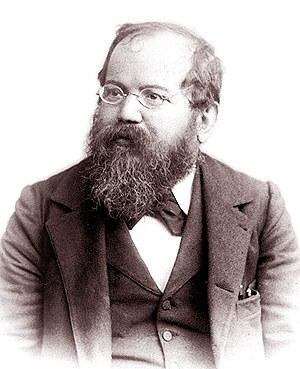The French Defence is a chess opening characterised by the moves:
The Ruy Lopez, also called the Spanish Opening or Spanish Game, is a chess opening characterised by the moves:
The Nimzo-Indian Defence is a chess opening characterised by the moves:
The Grünfeld Defence is a chess opening characterised by the moves:
X3D Fritz was a version of the Fritz chess program, which in November 2003 played a four-game human–computer chess match against world number one Grandmaster Garry Kasparov. The match was tied 2–2, with X3D Fritz winning game 2, Kasparov winning game 3 and drawing games 1 and 4.
The Giuoco Piano ) is a chess opening beginning with the moves:

The Hastings 1895 chess tournament was a round-robin tournament of chess conducted at the Brassey Institute in Hastings, England from 5 August to 2 September 1895.
The Scotch Game, or Scotch Opening, is a chess opening that begins with the moves:
The Danish Gambit, known as the Nordisches Gambit in German and the Noords Gambiet in Dutch, is a chess opening that begins with the moves:
The Slav Defense is a chess opening that begins with the moves:
The Queen's Gambit Declined is a chess opening in which Black declines a pawn offered by White in the Queen's Gambit:
In chess, a transposition is a sequence of moves that results in a position that may also be reached by another, more common sequence of moves. Transpositions are particularly common in the opening, where a given position may be reached by different sequences of moves. Players sometimes use transpositions deliberately, to avoid variations they dislike, lure opponents into unfamiliar or uncomfortable territory or simply to worry opponents. To transpose means to play move(s) that result in a transposition.
In chess, the Maróczy Bind is a term alternately used to refer to an opening or its associated pawn structure, named for the Hungarian grandmaster Géza Maróczy. When the Bind is discussed as an opening, it is defined as 1.e4 c5 2.Nf3 Nc6 3.d4 cxd4 4.Nxd4 g6 5.c4. The Maróczy Bind opening is a continuation of the Sicilian Defence, Accelerated Dragon, where 5.c4 is the characteristic move.
In chess, the Cambridge Springs Defense is a variation of the Queen's Gambit Declined that begins with the moves:

The World Chess Championship 1889 was the second official World Chess Championship, and was between Wilhelm Steinitz and Mikhail Chigorin. It took place in Havana, Cuba. Steinitz successfully defended his world title, by being the first of the two players to reach 10½. He won the match 10½-6½.
A Steinitz Variation is any of several chess openings introduced and practiced, or adopted and advocated by Wilhelm Steinitz, the first officially recognized World Chess Champion.

The third World Chess Championship was held in New York City from 9 December 1890 to 22 January 1891. Holder Wilhelm Steinitz narrowly defeated his Hungarian challenger, Isidor Gunsberg.


